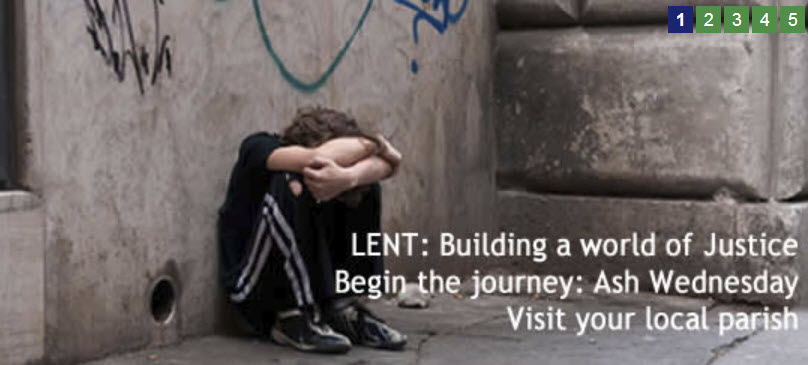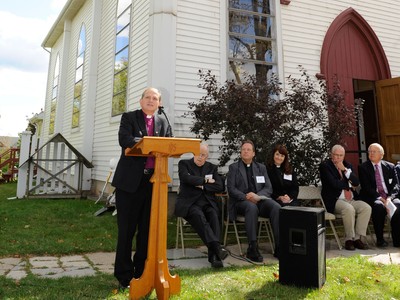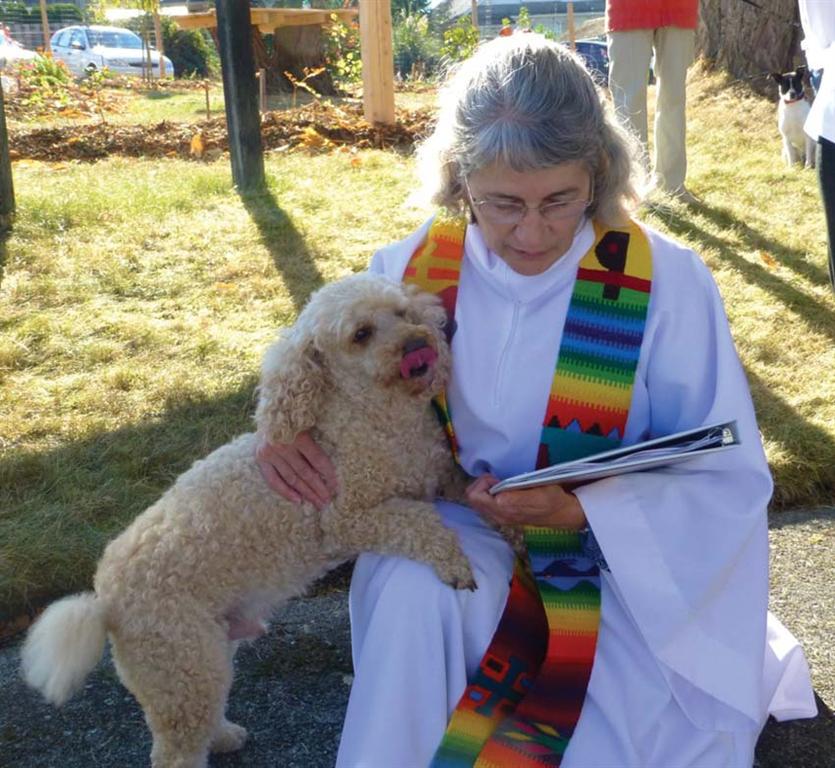Something that sticks in the craw of the Anglican Church of Canada’s leadership is what the “A” stands for in “ANiC”. Thus, a group of Diocese of Niagara clergy complained when a local paper, the Burlington Post, referred to a new ANiC church building as “Anglican”.
Canon Alan Hayes, a professor of church history at Wycliffe, has defended ANiC’s claim to be Anglican in the Diocese of Niagara’s paper.
I had a chat over coffee with Alan Hayes a few years back; he was an affable fellow who lamented the diminishment of diversity within the ACoC after the departure of the ANiC parishes. While I’m keen to be able to call the church I belong to Christian, I’m not too concerned about whether it is generally recognised as being Anglican or not. Nevertheless, since it causes the opposition such consternation, I will continue to insist that it is, in fact, Anglican.
I don’t think he was fired for consorting with the enemy.
From here (page3):
I’m still digesting the letter you reprinted from some senior Burlington clergy to the Burlington Post differentiating ACC Anglicans from ANC Anglicans.
I hope that this doesn’t start a pattern where ELCIC Lutherans will write in to distinguish themselves from Missouri Synod Lutherans, PAOC Pentecostals from Four-Square Pentecostals, BCOQ Baptists from Fellowship Baptists, CCC Congregationalists from unaffiliated Congregationalists, Free Methodists from Wesleyan Methodists, Roman Catholics from Old Catholics, MCC Mennonites from Old Order Mennonites, OCA Orthodox from ethnic Orthodox, PCC Presbyterians from RPCNA Presbyterians, CRC Reformed from RCA Reformed —the permutations are almost endless.
Come on, Burlington Post! Pay attention to our schisms! Can it have escaped you how important they are?
But, wait. Is it such good strategy for Christians to stomp into the public forum shouting at the top of their lungs, “WE’RE not the same as THEM!”? Have we thought what this sounds like to the world?
Or, more scripturally, can we find spiritual health in rushing to draw lines of separation between ourselves and “the other”? Jesus used the parable of the righteous pharisee to answer that one, and Paul taught that we’re all one in Christ Jesus.
They say that one reason the early Church grew so explosively was that outsiders looked in with awe and said, “See how the Christians love each other!” Now we’re prompting the public to declare, “See how the Christians really, really don’t get along!”
How’s that working for us?
Canon Alan L. Hayes, Oakville
Like this:
Like Loading...


 –
– In September 2012 there was
In September 2012 there was 